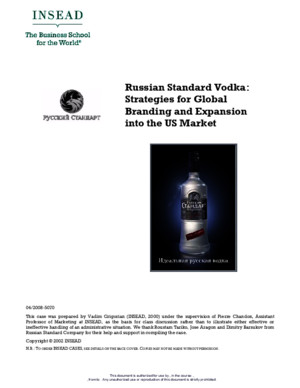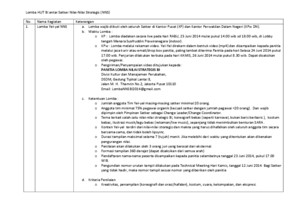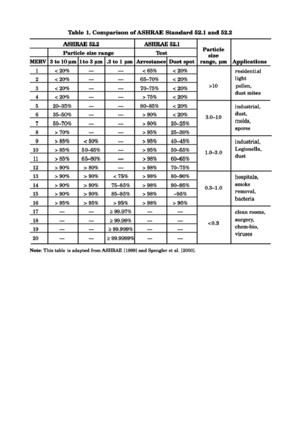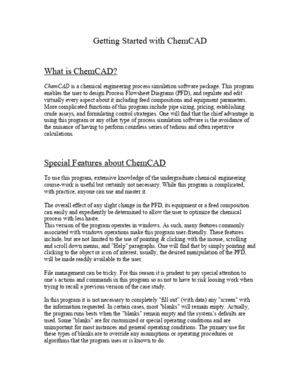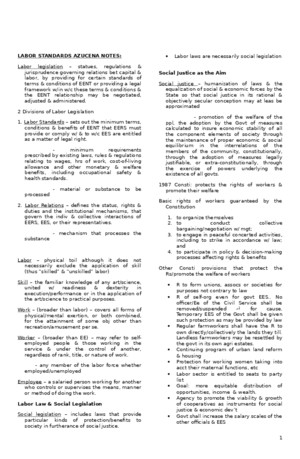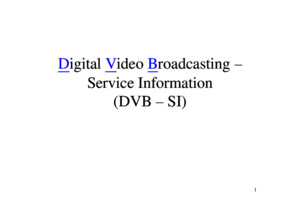Russian Standard Vodka Case INSEAD
There is document - Russian Standard Vodka Case INSEAD available here for reading and downloading. Use the download button below or simple online reader.
The file extension - PDF and ranks to the School Work category.
Tags
Related
Comments
Log in to leave a message!
Description
Download Russian Standard Vodka Case INSEAD
Transcripts
Russian Standard Vodka: Strategies for Global Branding and Expansion into the US Market 04/2008-5070 This case was prepared by Vadim Grigorian (INSEAD, 2000) under the supervision of Pierre Chandon, Assistant Professor of Marketing at INSEAD, as the basis for class discussion rather than to illustrate either effective or ineffective handling of an administrative situation We thank Roustam Tariko, Jose Aragon and Dimitry Barsukov from Russian Standard Company for their help and support in compiling the case Copyright © 2002 INSEAD NB: T O ORDER INSEAD CASES, SEE DETAILS ON THE BACK COVER C OPIES MAY NOT BE MADE WITHOUT PERMISSION This document is authorized for use by , in the course: ,, from to Any unauthorized use or reproduction of this document is strictly prohibited Copyright © 2002 INSEAD 1 04/2008-5070 After a visit to Russia, foreigners love to bring back home traditional souvenirs such as ‘matryoshka’ wooden dolls, Red Army captain watches, and lacquer boxes from Palekh More recently this list has also been known to include a bottle of super-premium Russian Standard vodka, a product that embodies a completely different promise of world-class quality while retaining the unmistakably Russian identity of more traditional souvenirs Russian Standard vodka was launched in 1998 by Roust Holdings, a company driven by an unusual mix of quality orientation and Russian pride In launching the Russian Standard brand, the ambition of Roustam Tariko, founder and main owner of Roust Holdings, was to set a new standard of world-class quality for a new breed of global Russian brands And what product could be better suited to achieve this goal than vodka - born in Russia and strongly associated with the country In 2002, Roustam Tariko’s ambitious goals for Russian Standard have been surpassed Russian Standard (or “Russky Standart” as the Russians would say) was selling at 13 a bottle in Russian airport duty free shops, more than the long established premium vodka brands such as Absolut Blue (12), Finlandia (8) and Stoli (8) Russian Standard was outselling all these brands, achieving the number one position in the premium segment with a 27% market share As one shop assistant put it, “People bought Russian Standard because it was unmistakably Russian and it looked reliable” In general, experts attributed the success of Russian Standard to its high and consistent product quality, its distinctive premium packaging, its strong distribution and merchandising, and its Russian heritage Encouraged by its rapid success at home, management aimed to make Russian Standard the number one Russian vodka in the world, launching the brand in 10 European countries including the UK, Italy, Greece and Hungary, with no or minimal adaptation to the product or the marketing mix Next, Tariko wondered whether Russian Standard vodka should be launched in the US, the biggest premium vodka market in the world, and, if so, which expansion strategy to follow: 1 Should the successful positioning of the brand and marketing mix used for Russia be directly applied to the US market? 2 Should a global branding strategy be pursued – one that preserved the key sources of equity of a potentially global brand but also included local market adaptations as needed? 3 Should a customised approach to the US market be used to win this key market, regardless of the implications for the brand in other global markets? When discussing the marketing strategy for entering the US market, management had to keep in mind that the Russian Standard brand was also shared by the bank business of Roust Holdings, Russian Standard Bank, which accounted for about a quarter of the revenues of Roust Holdings, about the same level as Russian Standard vodka (the remaining 50% came from business-to-business premium alcohol distribution) For Tariko, the extension into banking was no accident, as the high quality and “Russian-ness” of the brand did not have to be confined to vodka In fact, he wanted to make Russian Standard a global, multi-business brand that Russians would be proud of It was therefore important to consider how the chosen route for the US expansion would affect the equity of the brand in Russia, both for its vodka and banking customers This document is authorized for use by , in the course: ,, from to Any unauthorized use or reproduction of this document is strictly prohibited Copyright © 2002 INSEAD 2 04/2008-5070 Entrepreneurial Beginnings As with many very successful entrepreneurs, Roustam Tariko started from humble beginnings 1 Originally from Tatarstan, one of Russia’s republics, Tariko started his business activities by importing Western goods during the era of perestroika and glasnost He made his small initial capital in 1998 by serving as a mediator between an Italian business travel company and a Russian hotel booking agency, Intourist During that time, he also made contact with chocolate manufacturer Ferrero and started importing Italian candies to the Russian market Shortly after successfully developing Ferrero’s sales in Moscow, Tariko was approached by representatives from Martini Rossi They reached an agreement with Roust Inc (which he founded in 1992) to distribute Martini in Russia At that time, few foreign brands were available to Russian consumers and Tariko was one of the first entrepreneurs to seize the opportunity created by the supply/demand gap Priced at an astronomical level – US50 per bottle at today’s rates – the first truckload sold in no time By the end of the first month, Roust had sold more Martini in Russia than Martini Rossi had sold there in the previous year Delighted with the results, Martini Rossi signed a deal making Roust their exclusive importer in Russia By 1994, Roust had established itself as Russia’s leading importer of upmarket alcoholic drinks The company enlarged its distribution portfolio to around 90 brands including such names as Smirnoff, Johnnie Walker, Bacardi, Gordon’s, Bailey’s, Veuve Clicquot, Krug, Otard, Disaronno Originale Amaretto and Metaxa In 1998, Russia – and Roust Inc in particular – became the largest Martini importer in the world The Russian Standard Brand Tariko wanted to make his firm a “billion dollar company within 10 years” With the understanding that exclusive distribution rights would not last forever, Tariko decided that it was time to create his own brand of products and services, so as to capture exclusive branding rights to consumer mindspace, ie, exclusive brand awareness with positive, unique and lasting associations Tariko had two ambitious goals for his Russian Standard brand: (1) to develop a line of srcinal products and services in multiple categories which would meet international quality requirements, and (2) to create a brand that would set new Russian standards and improve the image of Russia both at home and abroad 1 Russian Standard to become a global umbrella brand Tariko wanted to emulate brands like Virgin, GE or Disney, which branded products from very different categories under the same name all over the world In order to ensure that the brand would appeal to domestic and international consumers alike, Tariko involved prestigious international consultants and marketing agencies from the start in the development of the marketing strategy for the Russian Standard brand 1 A more detailed description of the entrepreneurial beginnings of Roustam Tariko can be found in the case “Roustam Tariko: Russian Entrepreneur”, © INSEAD 2000 This document is authorized for use by , in the course: ,, from to Any unauthorized use or reproduction of this document is strictly prohibited
Recommended

